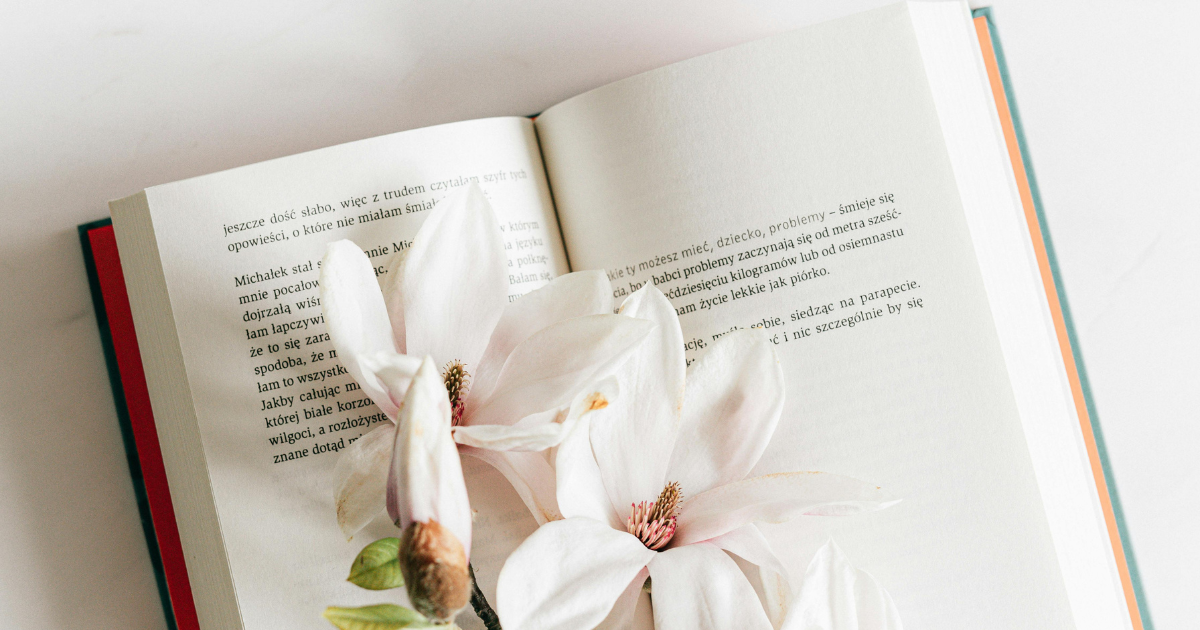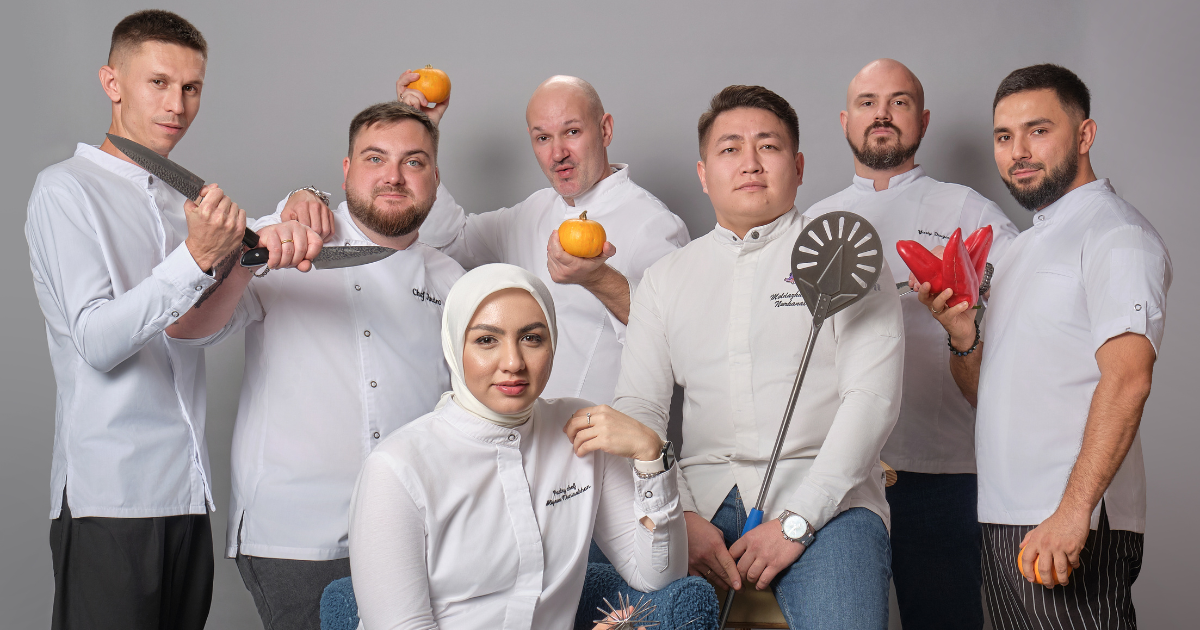Ramadan on the plates around the world
Traditional dishes and desserts prepared during Ramadan across different cultures
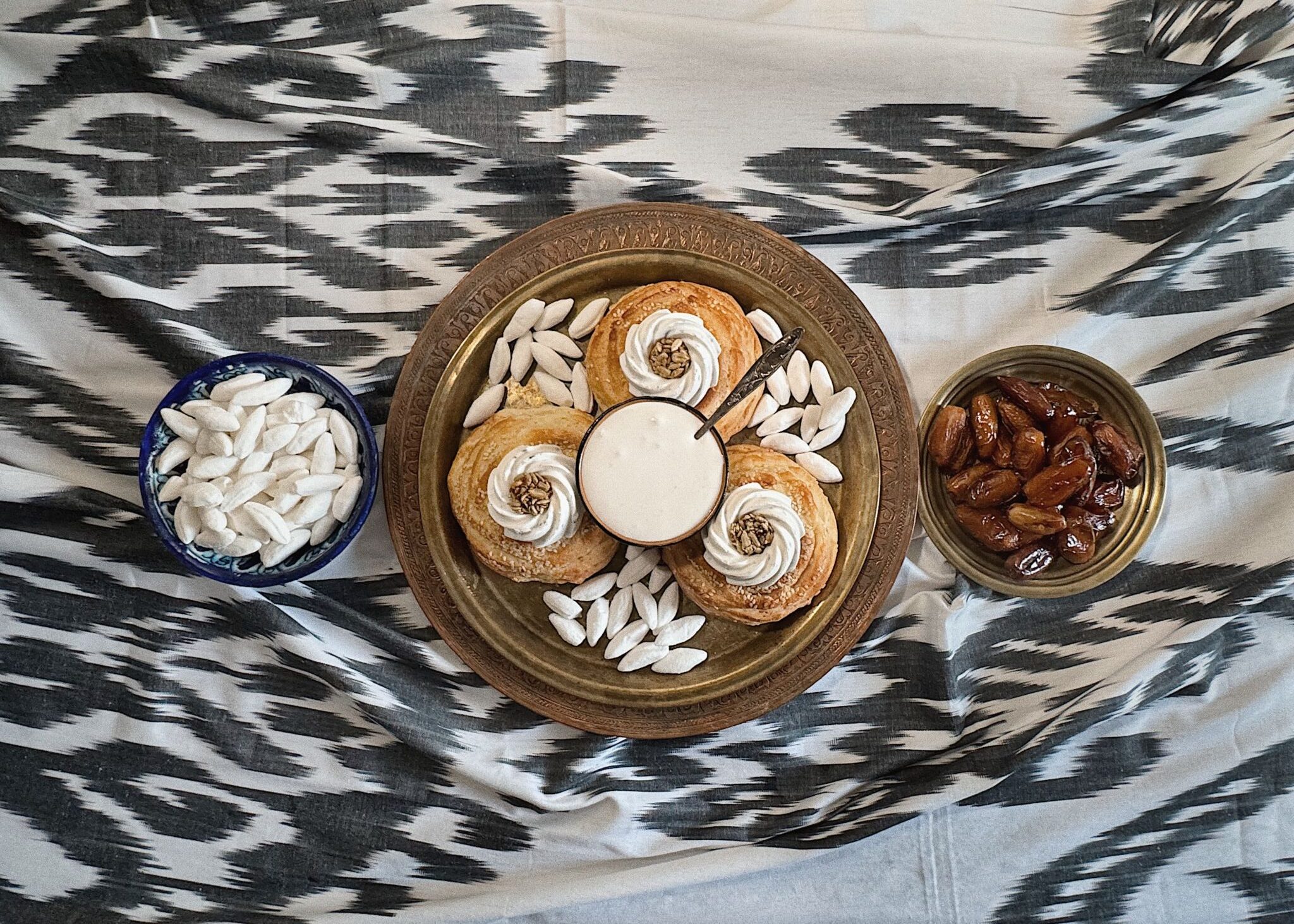
Ramadan is a time of spiritual reflection, patience, and compassion, bringing people together at the table to share love and understanding. Every evening, across different corners of the world, families gather to break their fast with dishes prepared with care and devotion. The culinary traditions unique to this holy month are so diverse and rich that one might wish to soar like a bird from one country to another, peeking into homes filled with warmth and tradition.
Pakistan - Pakora
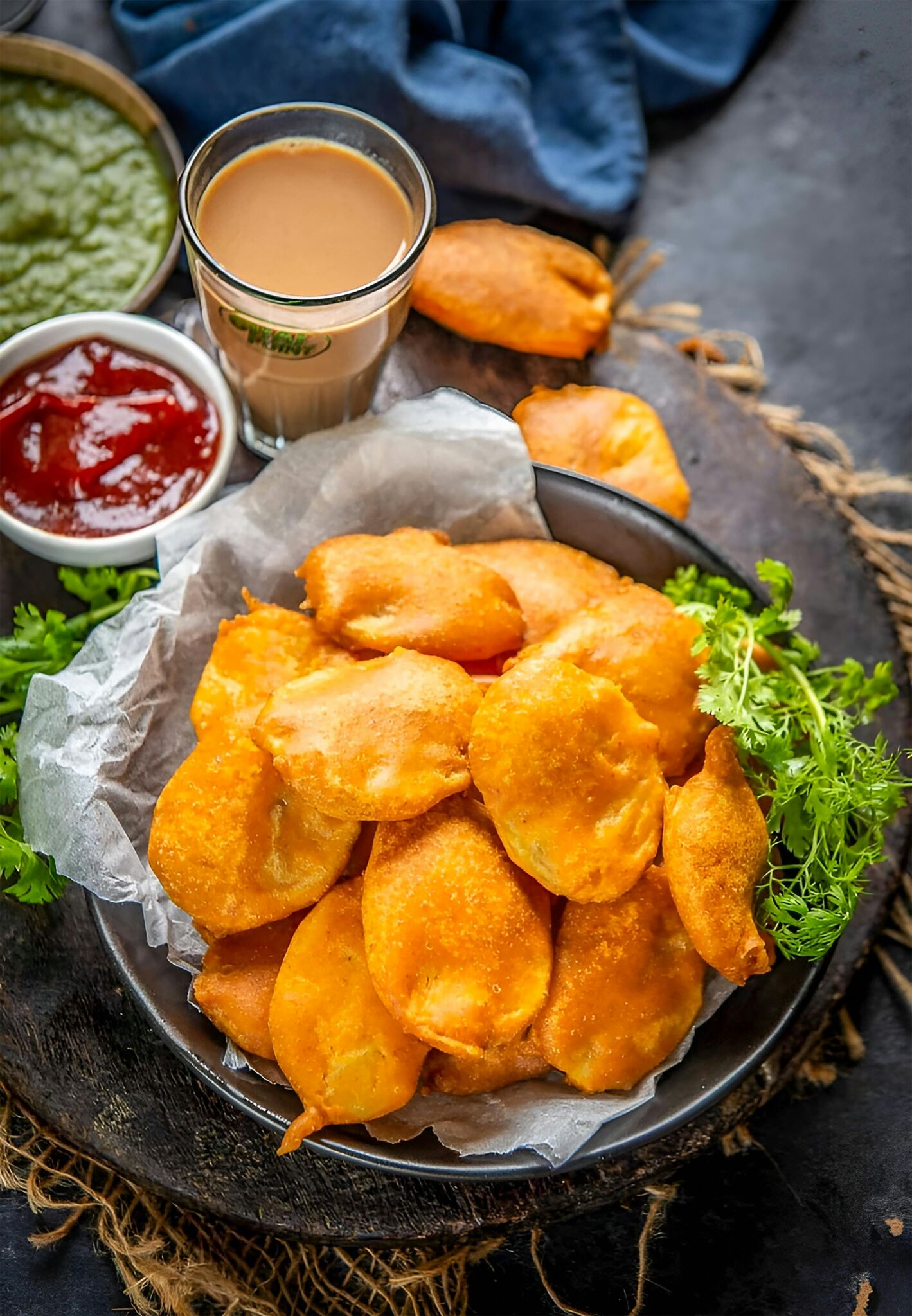
Photo: Pexels
Pakora, one of Pakistan’s traditional dishes, is a must-have for iftar. This crispy snack is made from a batter of gram flour, potatoes, green chilies, and eggs, deep-fried into small bite-sized pieces, and served as a hot appetizer. Pakistanis can easily prepare this dish at home, but it is also widely available at street vendors and markets, especially during Ramadan.
Malaysia – Bubur Lambuk
Bubur Lambuk is an essential dish on every Malaysian table during Ramadan. This savory rice porridge, made with minced meat, rice, cinnamon, cloves, garlic, and coriander, is exclusively cooked early in the morning during the holy month. A unique Ramadan tradition in Malaysia is the daily free distribution of Bubur Lambuk in mosques. This practice has continued for nearly seventy years, making it one of the most cherished aspects of Ramadan in the country.
Iran – Zoolbia Baamieh
One of Iran’s most famous Ramadan delicacies, Zoolbia Baamieh is a syrupy deep-fried dessert. Similar to the Turkish Lokma Tatlısı, Zoolbia comes in various intricate shapes. The batter, infused with saffron, is fried until golden and then dipped into a fragrant rosewater syrup. This sweet treat is available in every Iranian shop during Ramadan and is an essential part of iftar celebrations.
Uzbekistan - Nisholda
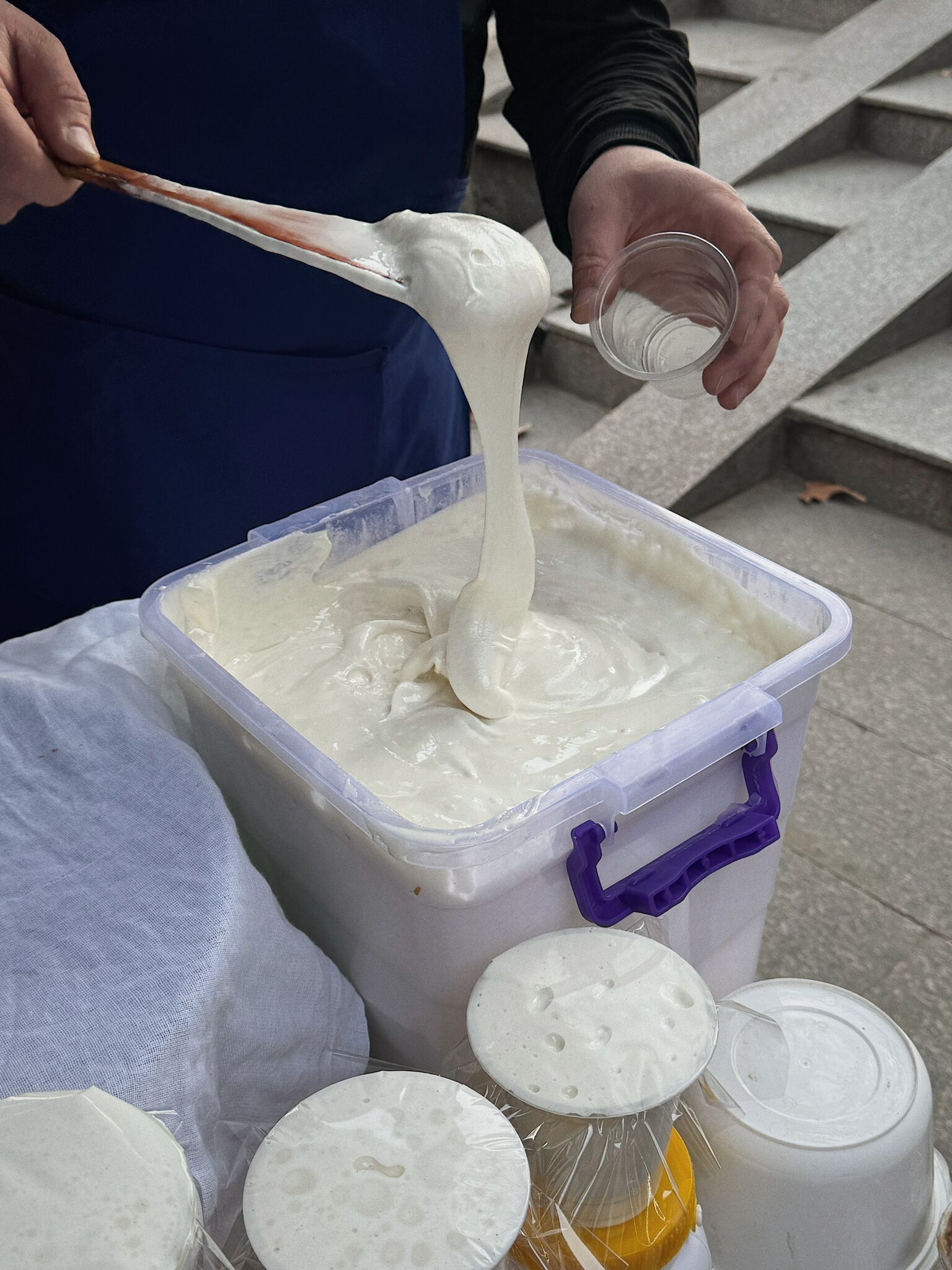
Photo by Serafim Dim
Nisholda is a childhood favorite that evokes nostalgia for many in Uzbekistan. This thick, marshmallow-like dessert is exclusively prepared during Ramadan and holds a special place on the Uzbek dastarkhan (traditional table), enjoyed by both young and old.
It is made by whipping egg whites with a syrup derived from soapwort root and sugar. The foamy texture and sweet taste are achieved through the unique properties of soapwort, which helps create the perfect light and airy consistency. Served in small bowls, Nisholda is placed on the table before iftar begins.
Turkiye - Ramadan pide
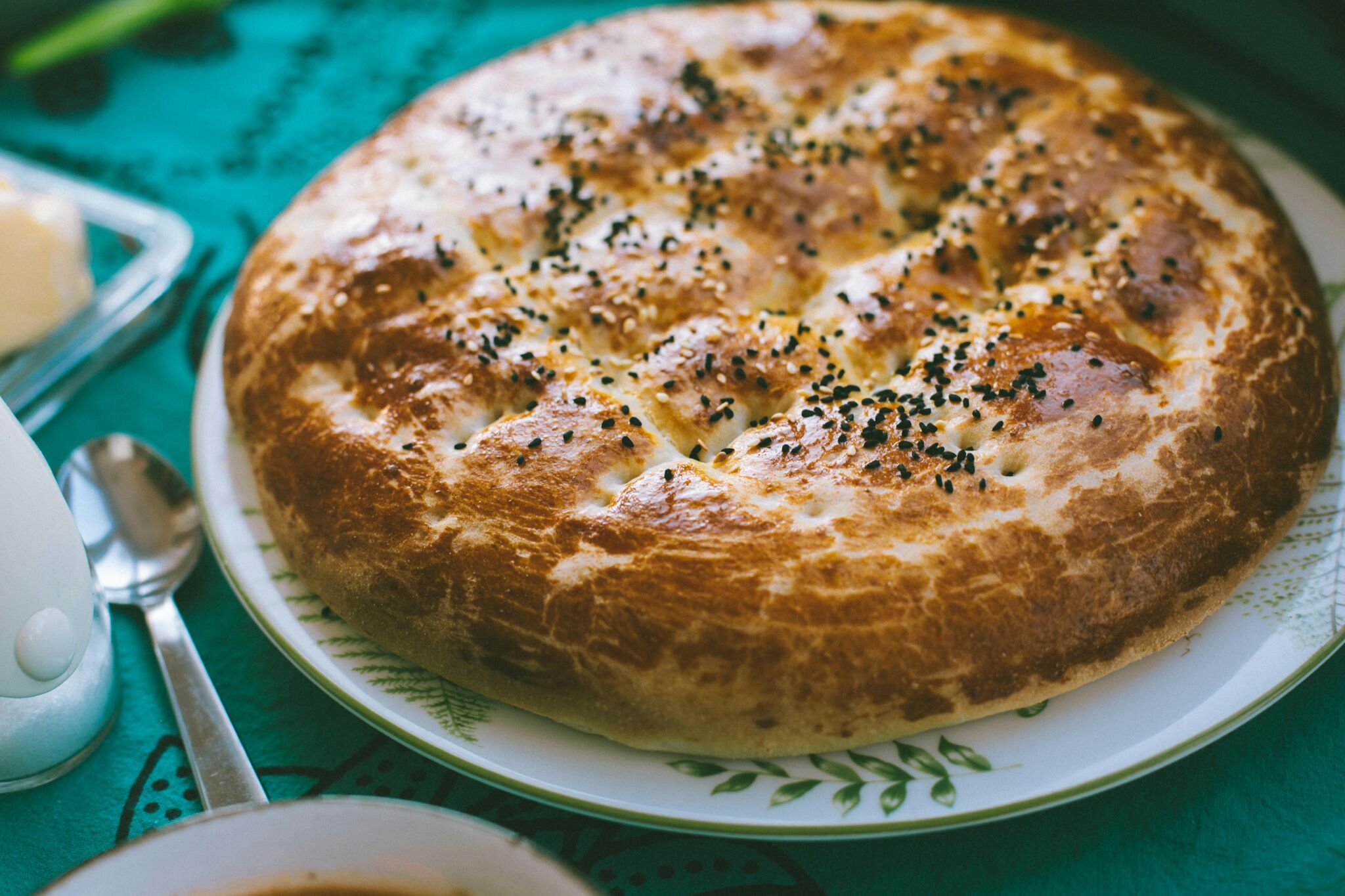
Photo: Pexels
Don't be surprised if you see long queues outside bakeries in Turkey during Ramadan. As iftar approaches, countless people rush to get their hands on freshly baked, piping-hot pide. The irresistible aroma of this soft, golden flatbread fills the air, evoking the excitement of a child eagerly waiting to break off a warm piece. Made from wheat flour and sprinkled with sesame seeds, Ramadan pide is a staple on Turkish iftar tables, bringing families and communities together every evening.
United Arab Emirates – Harees
A staple dish across the Arab world, Harees is a slow-cooked wheat and meat porridge, often described as the star of the Ramadan table in the UAE. Some variations also include barley, creating a rich and hearty texture. If you have Arab neighbors, chances are you’ll be offered a bowl of Harees during Ramadan, as sharing food is a key part of the holy month’s traditions. The secret to perfect Harees lies in slow cooking—allowing the flavors to blend harmoniously while achieving a creamy consistency.
In conclusion, no matter where you are, Ramadan’s culinary traditions serve as a vibrant reflection of cultural diversity and the unique customs of different nations. These traditions are an integral part of a broader cultural and social fabric, uniting Muslims around the world through shared experiences of faith, community, and togetherness.
